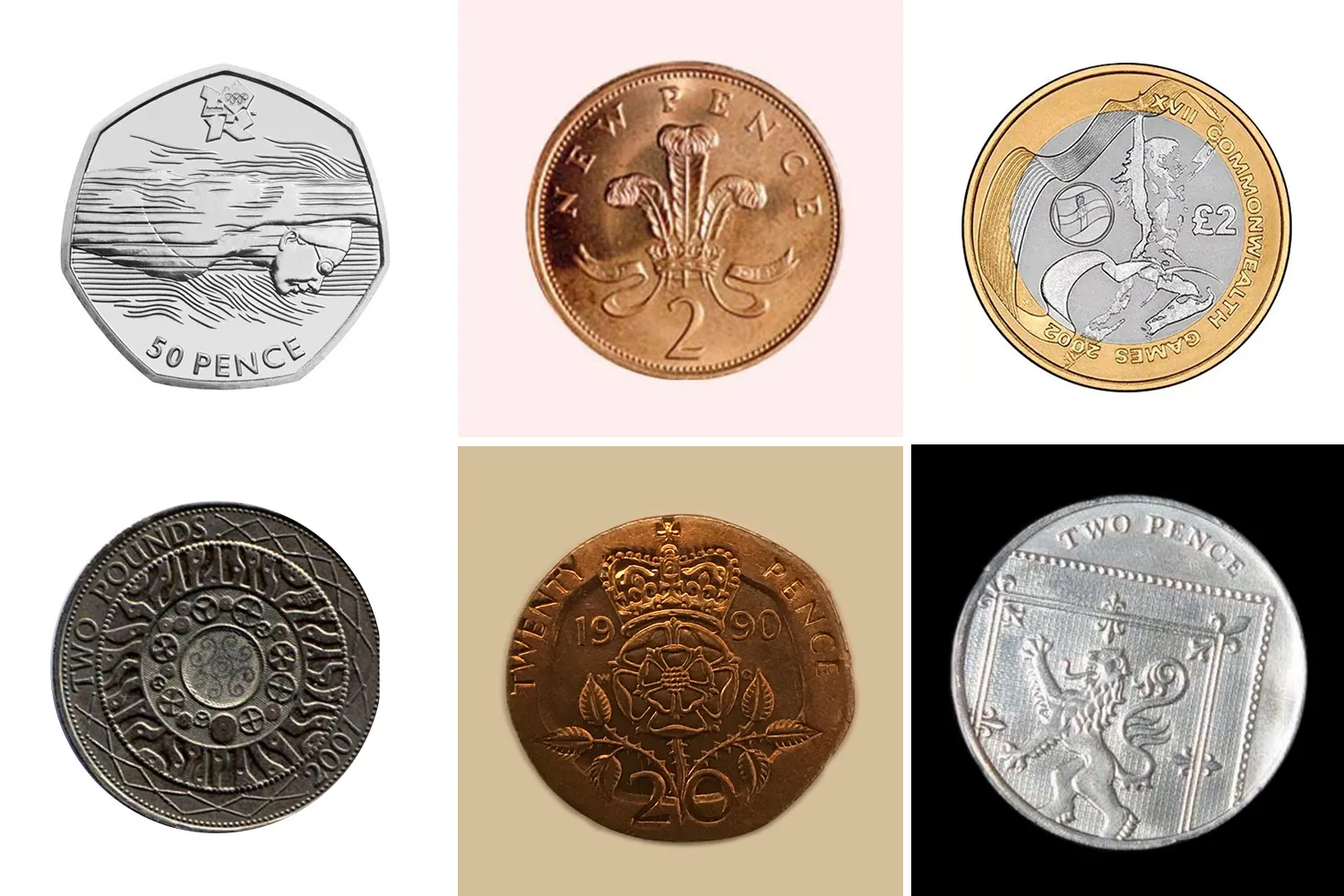The World of Fortune Coins: Understanding the Duplicate Market
Fortune coins, with their rich history and symbolic value, have intrigued collectors and investors for centuries. As the market for these historic and collectible items grows, the presence of duplicate fortune coins has become a notable concern. This article delves into the world of fortune coins, exploring what constitutes a duplicate, the impact of duplicates on the market, and tips for collectors to navigate this complex landscape.
What Are Fortune Coins?
Historical Significance
Fortune coins, also known as luck coins or charm coins, are historical artifacts often associated with various cultural traditions and beliefs. These coins were typically minted or issued as symbols of luck, prosperity, and protection.
- Cultural Symbolism: Different cultures have used fortune coins for centuries. For instance, in Chinese tradition, coins with square holes in the center are believed to attract wealth and good fortune.
- Historical Usage: Historically, fortune coins were often carried as amulets or used in ceremonial contexts, reflecting their significance beyond mere currency.
Types of Fortune Coins
Fortune coins come in various forms, each with its unique history and cultural significance:
- Ancient Coins: These include coins from ancient civilizations, such as Roman or Greek coins, which were believed to hold protective powers.
- Modern Commemorative Coins: These are more recent issues that commemorate specific events or deities and are often produced in limited quantities.
The Concept of Duplicate Fortune Coins
What Constitutes a Duplicate?
A duplicate fortune coin refers to a coin that is an exact or near-exact copy of an original issue. These duplicates can arise from several scenarios:
- Reproductions: Modern reproductions are often created to mimic the appearance of original fortune coins, either for educational purposes or as collectibles.
- Counterfeits: These are deceptive imitations intended to mislead collectors or investors into believing they possess an original, valuable coin.
- Authorized Replicas: Some duplicates are officially sanctioned by mint authorities for collectors, intended to honor the original designs without passing as genuine artifacts.
Identifying Duplicates
Identifying a duplicate fortune coin can be challenging, but several key indicators can help:
- Mint Marks and Dates: Checking for mint marks, dates, and other distinguishing features can help differentiate between original coins and replicas.
- Material and Craftsmanship: Differences in material quality and craftsmanship are often evident when comparing duplicates to genuine coins.
- Expert Authentication: Consulting with numismatic experts or using authentication services can provide verification of a coin’s authenticity.
The Impact of Duplicates on the Market
Effects on Collectors
The presence of duplicate fortune coins can significantly impact collectors in various ways:
- Market Value: Duplicates, especially counterfeits, can distort market values, leading to potential financial losses for collectors who unknowingly purchase them.
- Collector Confidence: The proliferation of duplicates can erode confidence among collectors, making it more challenging to assess the true value of their collections.
Effects on Investors
For investors, duplicates pose particular risks:
- Investment Risks: Investing in duplicate or counterfeit coins can lead to financial losses and reduced returns on investment.
- Market Integrity: The presence of duplicates can affect the overall integrity of the market, potentially leading to instability and reduced trust among investors.
Tips for Navigating the Duplicate Market
Research and Education
Knowledge is a crucial tool for navigating the market of fortune coins:
- Historical Knowledge: Understanding the history and characteristics of fortune coins can help in identifying genuine items.
- Market Trends: Staying informed about current trends and values can aid in recognizing potential duplicates.
Verification and Authentication
Ensuring the authenticity of fortune coins is vital:
- Use Reputable Sources: Purchase coins from reputable dealers or auction houses with established track records in authentication.
- Third-Party Authentication: Utilize third-party authentication services that provide detailed assessments and certificates of authenticity.
Buying and Selling Precautions
When buying or selling fortune coins, consider the following precautions:
- Request Documentation: Always request and review documentation or certificates of authenticity when purchasing or selling coins.
- Avoid Unverified Sources: Be cautious of sources that do not provide clear evidence of authenticity or offer unusually low prices.
The Role of Technology in Detecting Duplicates
Advancements in Authentication
Technology plays a critical role in detecting and preventing the circulation of duplicate fortune coins:
- Digital Imaging: High-resolution digital imaging and scanning can reveal details that are difficult to discern with the naked eye.
- Forensic Analysis: Techniques such as X-ray fluorescence (XRF) and chemical analysis can identify the composition of a coin and determine its authenticity.
Blockchain and Tracking
Emerging technologies like blockchain offer innovative solutions:
- Blockchain Verification: Blockchain technology can provide a secure and transparent method for tracking the provenance of fortune coins, reducing the risk of duplicates.
- Digital Records: Maintaining digital records of authenticated coins helps in verifying their authenticity and ownership history.
Conclusion
The world of fortune coins is rich with history and cultural significance, but the challenge of navigating duplicates remains a significant concern for collectors and investors alike. Understanding what constitutes a duplicate, recognizing its impact on the market, and employing strategies for verification and authentication are essential steps in ensuring a successful and secure collecting experience. As technology continues to advance, it offers promising solutions for detecting and managing duplicates, helping to preserve the integrity and value of these cherished artifacts.














Post Comment